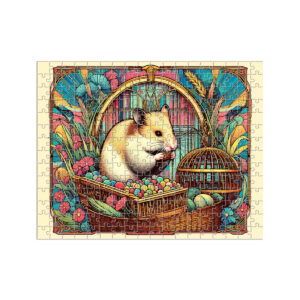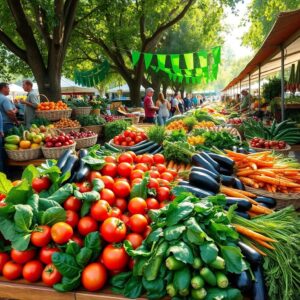
Explore & Play
Discover interesting topics and solve the accompanying crossword puzzle.
Plant Crossword: Understanding Plants from Seeds to Petals
Table of Contents
Plant crossword
You can either fill in the crossword puzzle directly on this page or click the button in the bottom right corner to print it for free.
——————————————
Understanding Plants: From Seeds to Thorns and Petals

There’s something quietly powerful about plants—the way they stand rooted in the earth, unfolding their stories season after season. Before we dig into the nuts and bolts of their parts, take a moment to breathe in the scent of fresh soil and the gentle rustle of leaves above. Plants aren’t just green ornaments; they’re the backbone of life, quietly weaving together air, earth, and sunlight into something vital and beautiful.
At their heart, plants are living storytellers, carrying the wisdom of the land in their seeds, roots, stems, and petals. Whether you’re tending a small windowsill herb garden or roaming through a wild meadow, understanding these parts helps deepen your connection to the natural world. It’s like leaning in to hear an old friend’s tale by the fire—simple, grounded, and full of quiet magic.
This article invites you to slow down and appreciate those everyday details: the stubborn seed pushing through dirt, the way a thorn guards a branch, or how a flower’s color calls hummingbirds near. You don’t need a green thumb or years of experience—just a little curiosity and a willingness to see plants for the living, breathing wonders they truly are.
So, whether you’re a seasoned gardener or someone dreaming of a patch of green amid city streets, journey with me through the key parts of plants. Together, we’ll uncover how each bit plays a role in the symphony of growth, resilience, and life. Because in this quiet company, there’s always something worth learning—and something worth loving.

1. Seeds: The Beginning of Plant Life
There’s something quietly powerful about a seed. Nestled in the soil or tucked inside a fruit, it’s the tiny promise of new life waiting to unfold. Seeds are where every plant story begins — a humble start that grows into branches, flowers, and fruits. But how does that little package burst open and grow?
When a seed finds its spot—moist and warm—it wakes up. This gentle nudge, called germination, sets tiny roots reaching down and shoots stretching upward. It’s a slow dance, like dawn breaking across a quiet field. For gardeners, giving seedlings a good start often means a controlled space, like a greenhouse. These warm shelters shield young plants from harsh weather and eager pests, letting roots get strong and leaves stretch out before facing the bigger world.
Once plants mature, the story of seeds doesn’t end in one spot; it’s just beginning anew. Plants have all sorts of clever ways to scatter their seeds. Some hitch rides on the wind, floating like soft dandelion clocks. Others decorate themselves with burrs that cling to animal fur, turning each creature into a gardener on the move. Some take to water, drifting along streams or rain puddles. There are even plants that send their seeds flying with a tiny pop, like nature’s own fireworks.
Some bushes go a step further, dropping seeds close to home or spreading quietly underground through rhizomes—like a good neighbor quietly expanding their space. This natural expansion builds layers in the garden, creating cozy corners for wildlife and boosting soil health.
Seeds are more than just a beginning: they’re an invitation to slow down, watch closely, and join in the timeless cycle of growth. Every seed carries a whisper of old fields, generations of gardeners, and the endless hope that a green shoot will rise again. So, next time you see a seed, take a moment to feel the weight of possibility resting in your hand.
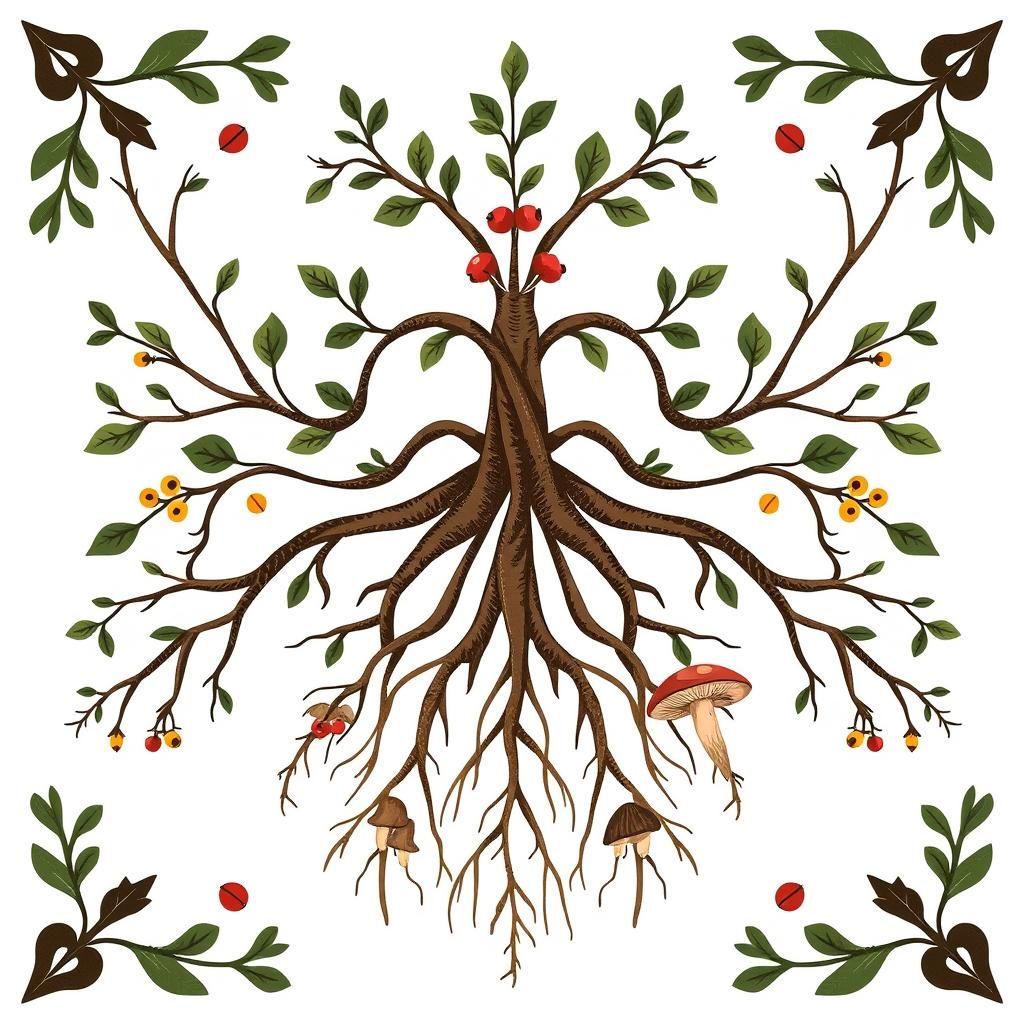
2. Roots: Foundation and Nutrient Absorption
There’s something quietly powerful about roots — those hidden champions beneath the soil that hold a plant steady and keep it fed. When you kneel down and brush the earth aside, you might glimpse a tangled web of life working hard, unnoticed but essential.
Roots come in a couple of main varieties. Taproots are like the trusty old tap on a hand pump, growing deep and straight down to reach water far below the surface. Think carrots or dandelions digging their own wells. Then there are fibrous roots, spreading wide and close to the soil surface, like a soft, earthy carpet. Grasses and many shrubs use this approach, catching every drop of rain that falls.
But roots are far more than just anchors. They’re the plant’s way of sipping up water and nutrients, drawing them from the soil like a straw. This slow, steady exchange is what keeps leaves green and flowers blooming. And sometimes, roots go a step further — teaming up with tiny soil partners such as mycorrhizal fungi. These underground friendships boost nutrient uptake and protect roots from harm, like old neighbors sharing wisdom over the garden fence.
Next time you wander by a tree or garden bed, imagine those roots stretching out, working beneath your feet — a quiet reminder that strength and nourishment often come from what’s hidden just below the surface. They’re the foundation of life, simple but vital, rooting us all in the soil’s rich embrace.

3. Stem: Support and Transport
Picture the sturdy branch of an old oak tree, rough bark warming under your fingers. That’s the stem—nature’s unsung hero holding everything up and moving what plants need to survive. The stem’s job is simple but vital: it keeps the leaves reaching for the sun, the flowers showing off their colors, and the fruits ready for the picking.
Inside, the stem carries water from roots up through tiny tubes called xylem, while sugars made by leaves travel down through phloem to feed the rest of the plant. It’s the plant’s own delivery system, quietly humming along like a well-oiled machine.
Stems come in different shapes and sizes, from the thick, rugged trunks of trees to the flexible, green stalks of herbs. Tree bark acts like armor—rough and tough—protecting the inner workings from pests and harsh weather, much like an old leather jacket shields a well-worn farmer. Meanwhile, bush stems often split close to the ground, sending up multiple shoots, and herbaceous stems stay soft and bendy, perfect for fast-growing annuals.
Understanding stems is like feeling the heartbeat of a garden—it’s where strength meets life’s quiet flow, holding everything together with steady purpose. Next time you walk among your plants, pause to run your hand along a stem and see the strength beneath its surface. It’s nature’s way of reminding us: support and nourishment often come from places we barely notice, yet they make all the difference.
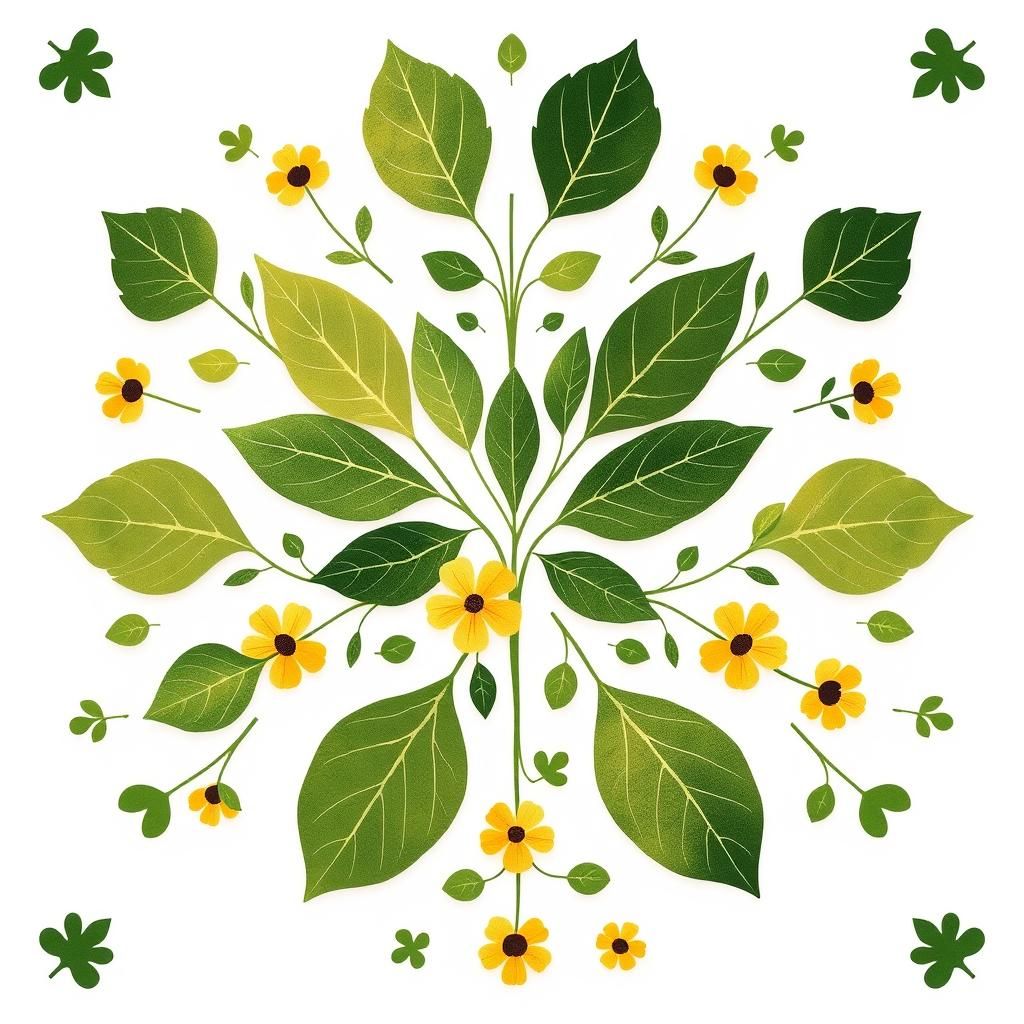
4. Leaves: Photosynthesis and Plant Identity
Imagine a sun-dappled morning on the porch, the gentle rustling of leaves overhead. Those leaves—each one a small miracle—are the heart of the plant’s work. Their broad, flat surfaces catch the sunlight like tiny solar panels, turning light into life through photosynthesis. It’s a process as old as the earth itself: leaves breathe in carbon dioxide and breathe out oxygen, creating the very air we depend on.
Leaves come in all shapes and sizes, from the slender needles of pines to the round, crinkled edges of garden nasturtiums. This diversity isn’t just for show—it reflects a plant’s way of making the most of its environment. Some leaves spread wide to soak up sun in crowded forests, while others curl and twist to capture scarce light or conserve water in dry places.
But leaves are more than just green energy machines. If you look closely, you’ll see hints of what’s to come. Flowers, with their soft petals and bright colors, actually evolved from leaves long ago. That transformation tells a story of survival and attraction—where leaves once merely captured sunlight, they later became invitations to pollinators, helping plants pass on their legacy.
Healthy leaves mean a healthy plant. When leaves are vibrant and strong—that deep, rich green—you know the roots are digging deep, the soil is rich, and the plant is happy. They connect us to the rhythms of nature, reminding us that every garden is a living, breathing community.
So next time you pause to brush your fingers across a leaf, take a breath and feel the quiet magic. It’s a simple thing, but one that carries the pulse of the garden through sun and storm alike.
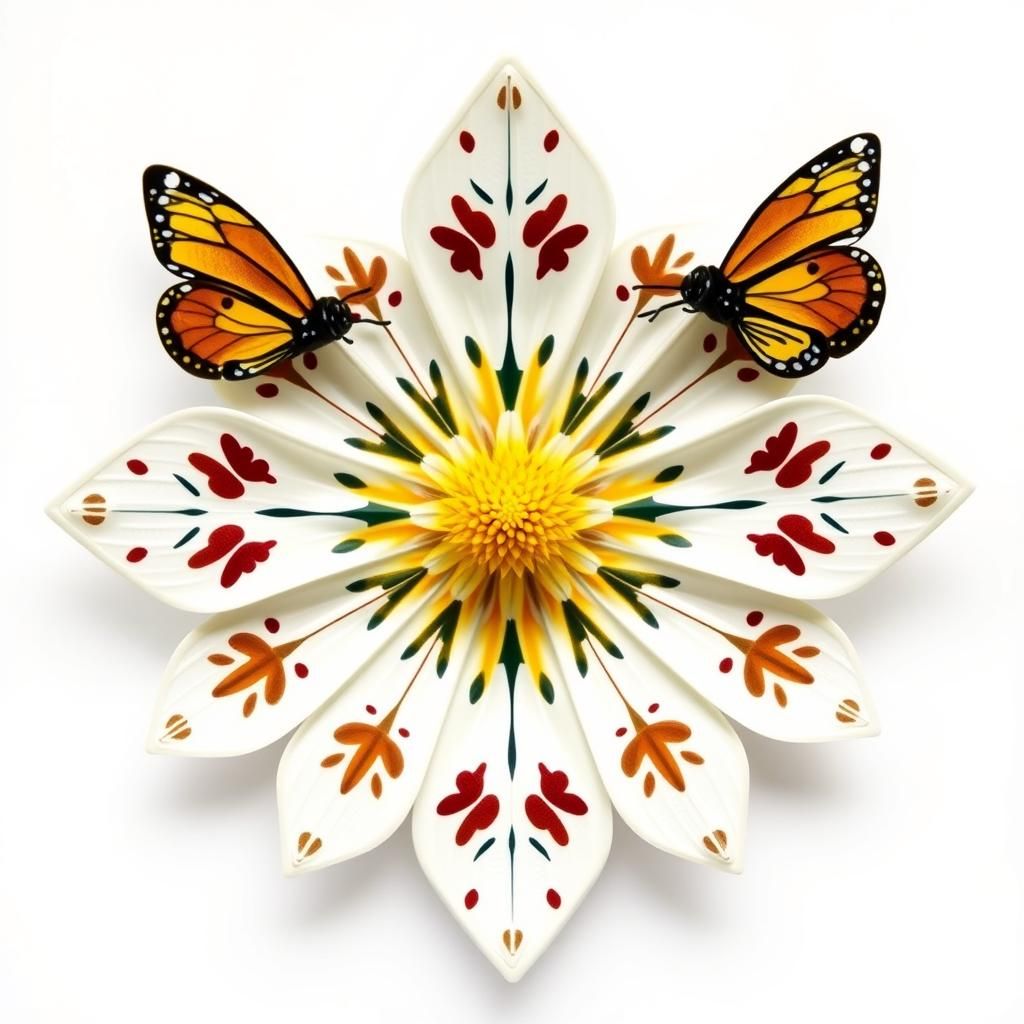
5. Flowers: Nature’s Colorful Signals
Imagine stepping into a meadow alive with buzzing bees and fluttering butterflies, all drawn to the gentle splash of color that blooms offer. Flowers are more than just garden decorations—they’re the heart of plant reproduction and a quiet promise that life goes on.
At their core, flowers are made up of several parts working in harmony. The petals, often the brightest part, aren’t just for show—they evolved from humble green leaves, now transformed into colorful signposts waving at pollinators. These petals usually arrange themselves in circles or spirals, creating a landing pad that catches the eye of bees, birds, and butterflies passing by. Inside, you’ll find stamens and pistils, the male and female parts, quietly working to make sure seeds will one day follow.
In years past, petals were simply leaves painted with sunshine’s colors, but over time, they’ve become nature’s soft invitations to pollinators, bridging the gap between plants and the creatures that help them spread their seeds. This dance between flower and visitor spins the story of growth and renewal, one buzzing afternoon at a time.
Today, gardeners are embracing nectar-rich flowers more than ever. These blooms offer a sweet reward for pollinators, supporting the vital players that keep gardens thriving and buzzing with life. From the hum of a bee sipping nectar to the flutter of a butterfly’s wings, nectar-rich flowers are at the top of gardening trends for 2025—brightening spaces and nurturing local wildlife in equal measure.
So, next time you pause to admire a blossom, remember: you’re looking at a living signal, a splash of color shaped by time, inviting life to carry its message forward. And in your garden, these flowers do the same—they anchor beauty, sustenance, and hope, one petal at a time.
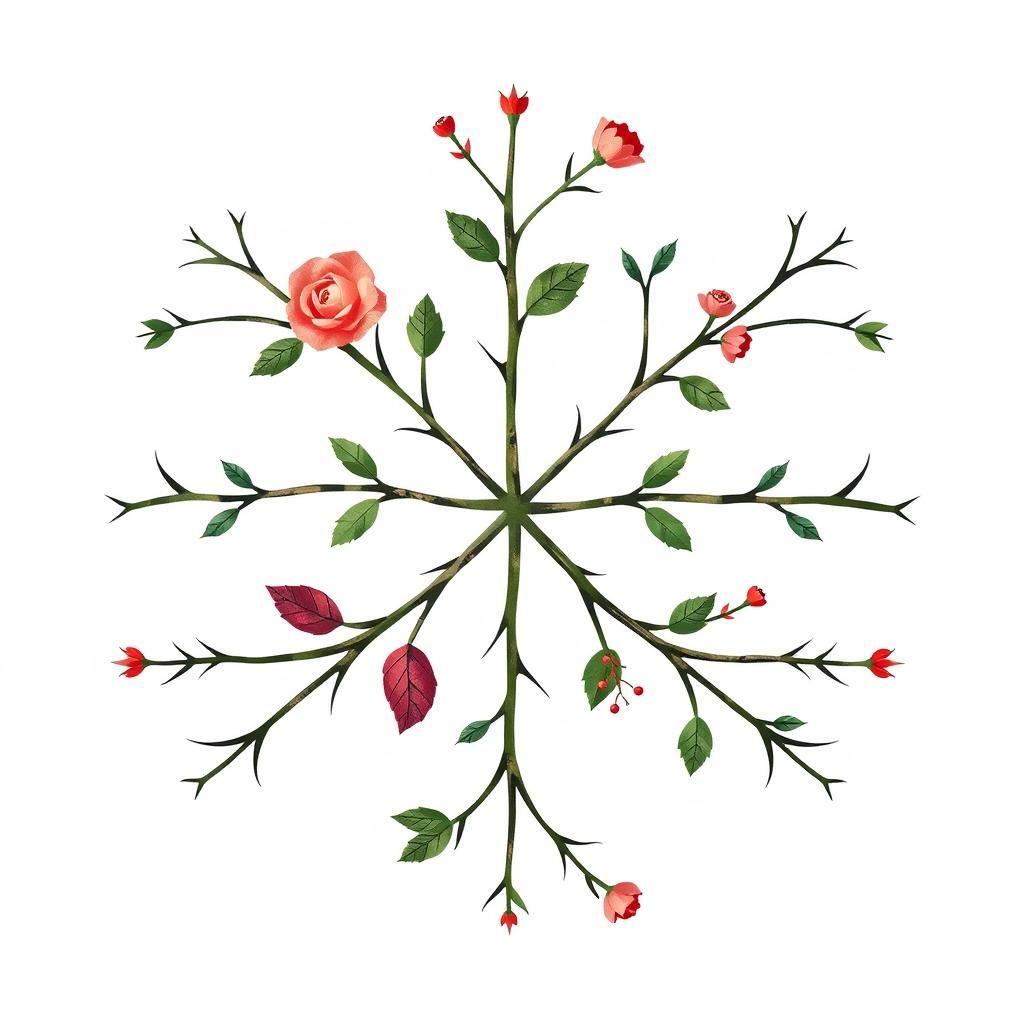
6. Thorns: Natural Defense Mechanisms
There’s something both fierce and fascinating about thorns. Like nature’s tiny guardians, they stand watch along the stems, ready to ward off any curious nibblers. If you’ve ever brushed past a wild rose or cradled a blackberry bush, you know that sharp prick — a simple but effective reminder that plants have their own way of saying, “Hands off.”
Thorns serve a clear and powerful purpose: protection. In a garden or the wild, plants face all sorts of hungry critters looking for a snack. Thorns make these plants less appealing and harder to munch on, giving them a better chance to thrive and bloom. It’s a quiet kind of armor, shaped over countless seasons to keep the plant safe from deer, rabbits, and other herbivores.
What’s even more impressive is how adaptable thorny defenses can be. In tougher, drier places where water and nutrients are scarce, thorns take on an extra role. They reduce surface area, limiting water loss, and protect precious leaves from being eaten. In these rough conditions, thorns become more than just a warning — they’re survival tools.
You’ll find thorns wearing many disguises. Roses flaunt their proud, curved spines, while hawthorns form sturdy, branched guards. Even some common garden plants like holly have their own pointy defenses. Knowing how to identify thorny plants helps you handle them with care and avoid unnecessary scratches. When tending these spiny beauties, gloves are your best friend — think of them as a handshake between you and the plant, a sign of mutual respect.
So next time you wander down a garden path and spot a thorny branch, take a moment to appreciate this natural armor. It’s not just for protection. It’s a quiet story of resilience, adaptation, and the clever ways plants hold their ground — reminding us that even the smallest point holds great purpose.
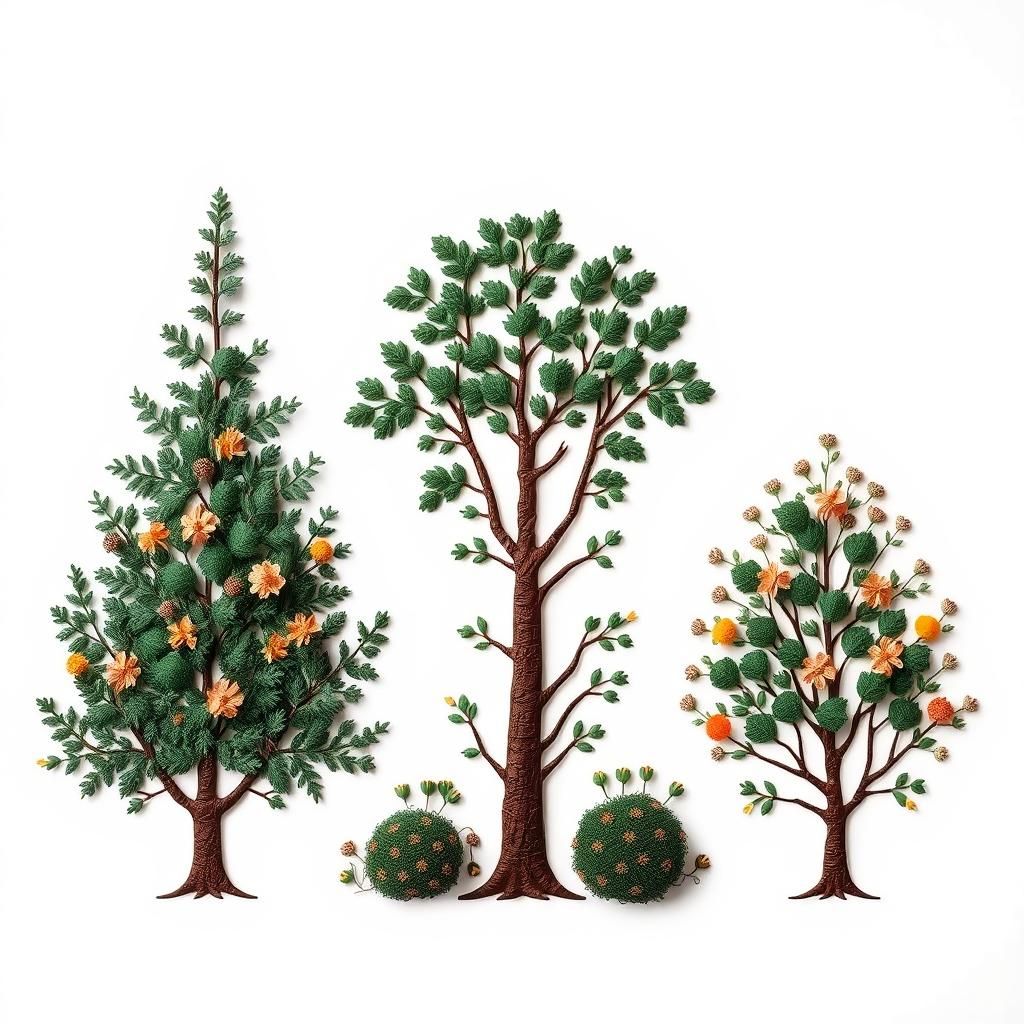
7. Trees and Bushes: Plant Growth Forms
There’s a quiet strength in both trees and bushes, each bringing its own shape and story to the garden. You probably notice the difference right away—trees stand tall on a single sturdy trunk, reaching skyward like a welcoming stretch toward the sun. Bushes, on the other hand, like to keep things close and cozy with multiple stems rising from the ground, creating a fuller, bushier presence that’s just as comforting.
Trees, with their grand stature, aren’t just garden showpieces. They are nature’s giants, offering shade that cools the air on a hot afternoon and shelter that invites birds and small critters to make themselves at home. Their deep roots dig in firm, stabilizing the soil and helping hold the ecosystem together, while their leafy crowns filter the breeze and soften the landscape.
Bushes play a different, but equally important, role. Their dense growth encourages soil health, preventing erosion and providing protection for the smaller soil dwellers. With their varied shapes and seasonal blooms, bushes add layers of texture and interest, filling in spaces where trees can’t quite reach. Some spread quietly across the ground, expanding through seeds dropped near their base or spreading roots below, slowly claiming a patch of earth like an old friend settling in for the long haul.
Together, trees and bushes are the backbone of any thriving garden. They bring rhythm and resilience, creating habitats that hum with life, from the tiniest insects to the songs of birds perched high above. So whether you have a grand old oak or a cluster of fragrant lilacs, remember—they are more than plants. They are living stories rooted deep in the earth, reminding us to slow down, watch closely, and grow patiently.
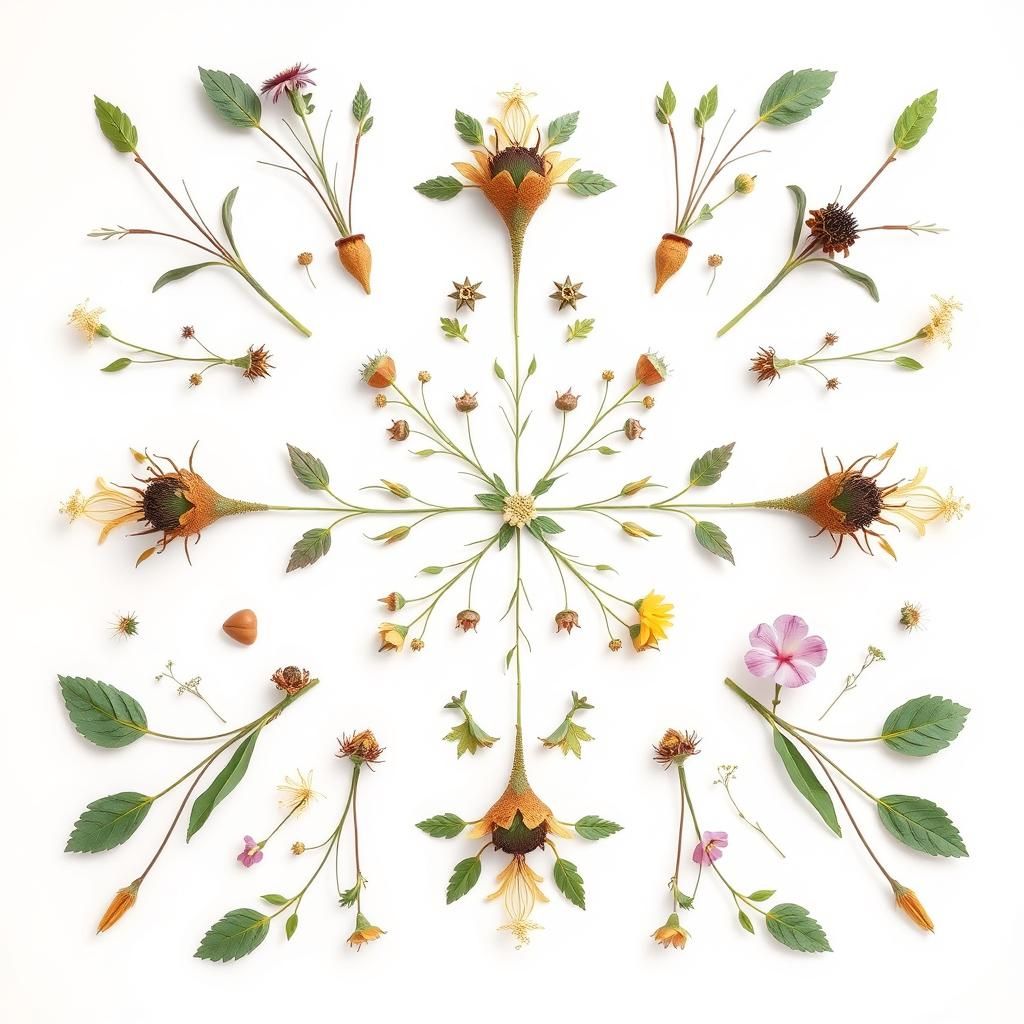
As we close this little journey through the world of plants, it’s clear that every part — from the tiniest seed to the tallest tree, from the softest leaf to the sharpest thorn — plays a special role in nature’s quiet dance. Seeds hold the promise of new life, roots drink deep from the earth, and stems carry nourishment upward. Leaves catch the sun’s gift, flowers send colorful invitations to pollinators, and thorns quietly guard their homes. Trees and bushes set the stage, shaping the land and giving shelter to countless creatures.
For those of you with soil under your nails or dreams of growing something green, remember: understanding these parts helps us care for plants in a way that feels natural and true. It’s not just about beauty or harvest — it’s about joining a cycle as old as the earth itself. When we tend to our gardens with patience and respect, we invite balance and life to flourish.
So, take a moment next time you’re outside — feel the rough bark, breathe in the sweet scent of blooming petals, watch a seedling stretch toward the sun. Let your hands learn the story plants are telling. And if you’re just starting out, know that every small step is part of a bigger rhythm, one that connects us all back to the soil and sky. Here’s to gardens that grow not only flowers and food, but also wonder and belonging.
Share to...
I hope you enjoy the content.
Want to receive our daily crossword puzzle or article? Subscribe!
You may also be interested in
Share to…
Want to receive our daily crossword puzzle?
-
Jigsaw Puzzles
Fish Market in Norway Jigsaw Puzzle 250 | 300 | 500 Pieces
kr 348,00 – kr 439,00Price range: kr 348,00 through kr 439,00 Select options This product has multiple variants. The options may be chosen on the product page -
Jigsaw Puzzles
Charming Hamster Art Nouveau Jigsaw Puzzle 250 | 300 | 500 Pieces
kr 348,00 – kr 439,00Price range: kr 348,00 through kr 439,00 Select options This product has multiple variants. The options may be chosen on the product page -
Jigsaw Puzzles
Whimsical Hamster Jigsaw Puzzle in Watercolor Style 250 | 300 | 500 Brikker
kr 348,00 – kr 439,00Price range: kr 348,00 through kr 439,00 Select options This product has multiple variants. The options may be chosen on the product page















